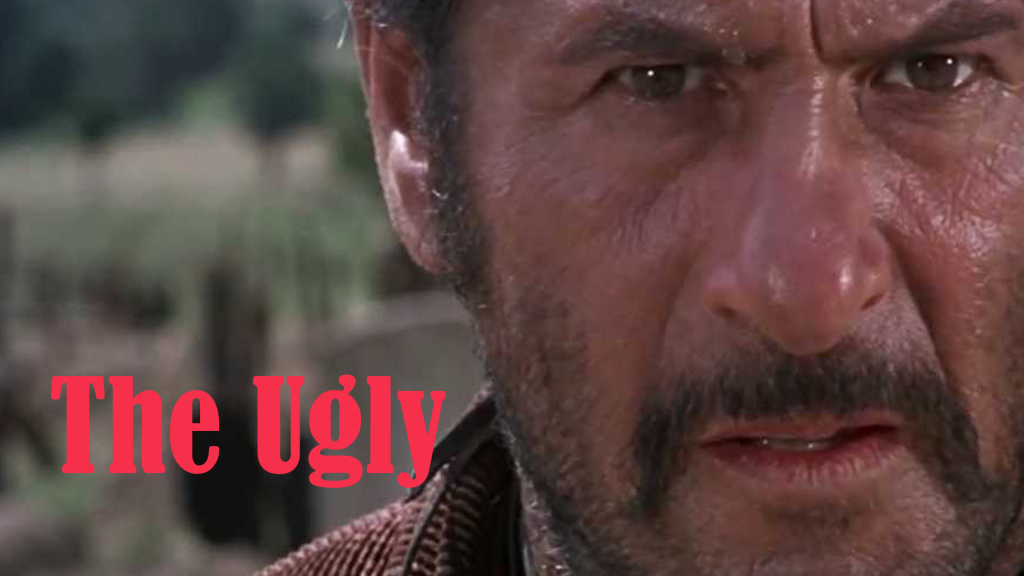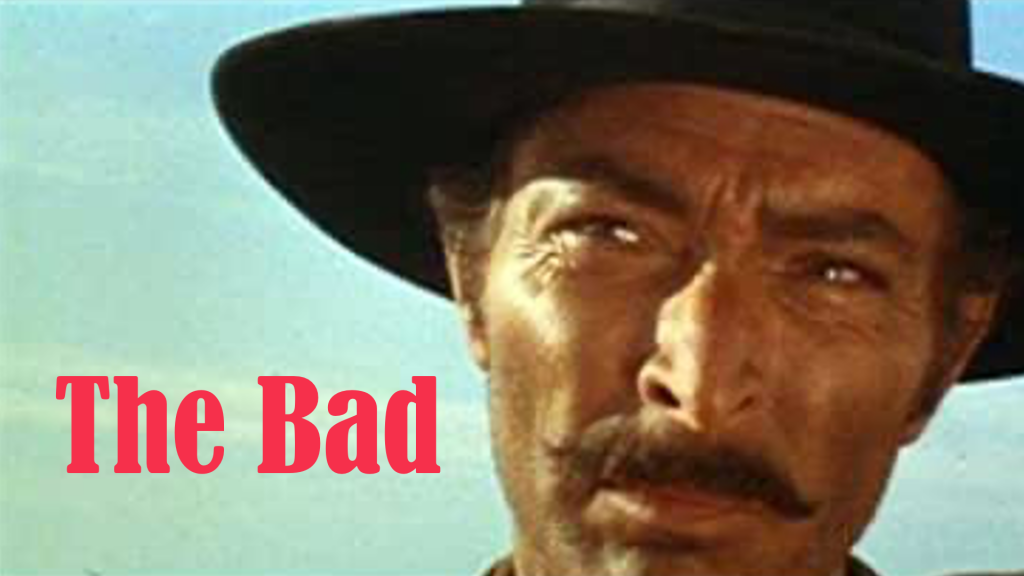This is a living set of notes and a brief synopsis of a talk at #SSAI2022 which formed part of the educational committee session which adresses training during the COVID pandemic. They are still not fully fleshed out as this version was crafted before the talk.
I hope to amend with more text and references.
Please join the discussion by replying to the twitter thread below and help qualify this discussion
The given title was “Spreading the word – social media” in a session focused on educational strategies during the pandemic – fundamentally too big a topic for a short talk. Being the last speaker of the day I chose to 1. shoe horn the talk into a Good, Bad and Ugly template if for no other reason than to be able to wake people up with the magnificent Morricone score above, and 2. reach out online and start having a conversation.
It should be noted that the original Italian title had a different order of names, “Il Buono, Il Brutto, Il Cattivo”, the good, the ugly and the bad. The above English poster has the Ugly and Bad in the wrong places and I shall do good on the original Italian version in my order in the talk and in these notes.
Il Buono – The Good

I go over the immense changes in all aspects of our lives with the increasing digital life style. Everyone has a phone and there are 3-4 times more internet connected devices than people on the planet. We are hyperconnected which is new. As for SoMe they have only been round about 15 years.
I introduce the recent history with the rise and maturation of the #FOAMed grassroots movement that has utterly transformed medical education by providing high quality education and a global conversation that is open, transparent, free and available anywhere. It has helped cut down the lag in translating evidence to the bedside. It has democratised access for everyone and has countered inequality in access across the globe. The same machinery has modernised the scientific process itself with increased cooperation in bigger international trials and a beginning to adressing the flawed incentive structure in the medical publishing industry.
This serves as the backdrop for dealing with the pandemic as it hit. The major platforms and communication networks were mature, there was an established trustworthiness to a lot of online outlets and persons, and knowledge dissemination was able to happen at a lightning pace. We heard detailed reports from frontline staff in Lombardy as COVID hit Europe and listened in on management and early hypotheses from all the hot spots around the world.
A multitude of fora were set up to help clinicians share experiences and journals were quick to help curate and appraise new information.
Il Gratto – The Ugly

Information overload is a massive problem once you tune into resources and conversations online. We often use the analogy of “drinking from the fire hose”. This is nothing new and it is a shared dilemma in our age where the trendy counter movement now seems to be to unplug and practice JOMO (joy of missing out) over FOMO (fear of missing out).
However, there was a real sense of urgency and comms went through the roof. Sadly, the information load, while accelerating meaningful conversations, did little for signal:noise ratio. If anything, the feeling was it increased the noise level very significantly as everyone seemed to become experts on epidemiology, vaccines, ventilator therapy etc. This caused very real information overload, more than usual. A lot of early hypotheses were discussed that never held up. Most people I know will recognise giving up on following all of the discussions about different ventilator strategies, oxygen delivery systems, negative pressure rooms, HFNO vs no HFNO, airborn vs droplet, double ventilators, early vs late intubation, H/L phenotypes of COVID-ARDS, a multitude of drug therapies (HQ and ivermectine, anyone, or maybe bleach?) and an endless array of policy discussions about masks, vaccines, lockdowns etc.
Add anti-science and conspiracy movements that came out in force and it’s tempting to find truth in Brandolini’s law.
Lastly, the early ideas were often premature and couldn’t hold up over time. The research community adressed the urge to try experimental treatments that “seem to work” by, rightly, arguing that if anything we need to adhere even more to EBM principles in a pandemic where so much is at stake for so many people. Thankfully, in the end, exactly well conducted massive adaptive trials adhering to EBM was exactly what let to effective treatments at a record pace.
Simon Carley and Ken Milne go over this in this SGEM post and discusses this article by Simon et al on the topic.
Il Cattivo – The Bad

Now for the more sinister parts I chose to adress the increasing divisiveness in our times.
It has grown to a degree where it’s hard to bridge the gap between groups of differing opinions. There is very little common ground.
There is evidence that social media contributes to this by way of deliberate design of algorithms which are optimised not for democracy or the common good, but shareholder revenue alone.
If you enjoy the seemingly free products of google, facebook, twitter etc, understand that they are not free. You are paying with your data, your behavioural patterns, that are being sold to advertising companies. You are the product, so to speak. 6 companies don’t get to become top 8 companies in the world in less than 20 years through sheer benevolence.
As it turns out, antagonism and constant appeal to emotions keep us hooked and engaged. This is good for business, less good for us and our society at large. While you may find your tribe of like minded people on social media and gain a lot from that, it seems to come at the price of exclusion of others.
Algorithm-driven social media cause real concerns about the destabilising power they hold not only over individual lives, with increased anxiety and worse self esteem not least in children and adolescents, but also on a bigger scale with profiling data being used to political ends. The Cambridge Analytica scandal is a worrying example.
Watch Social dilemma and educate yourself on these issues. Try to be the informed consumer and be intentional about your use of social media platforms. Consider subscribing to real critical journalism and quality outlets. Make an effort to be part of civic debate, develop empathy and curiosity about “the other” and, crucially, look after the younger generation who are heavily exposed and targeted.
This world could use a lot more love. All you need, love, actually.
Conclusion
Online connectivity has a huge upside, but we need to look very critically at what social media platforms provide and at what costs, and realise that nothing is free.
They may have helped us navigate a pandemc, but they may yet cause more problems than they solve.
Slides
Comments?
Have thoughts to share about your experience with online learning, be it during COVID or more generally, share them below or on the twitter thread.
Scandinavian paediatric anaesthetist / intensivist.
PHARM, ED, OR, ICU.
Digital MedEd
Co-founder scanFOAM.org
Co-organiser CphCC & TBS-Zermatt (aka The Big Sick)
Medical lead REPEL (resilience in pediatric emergency life support)
Web dev SSAI.info





